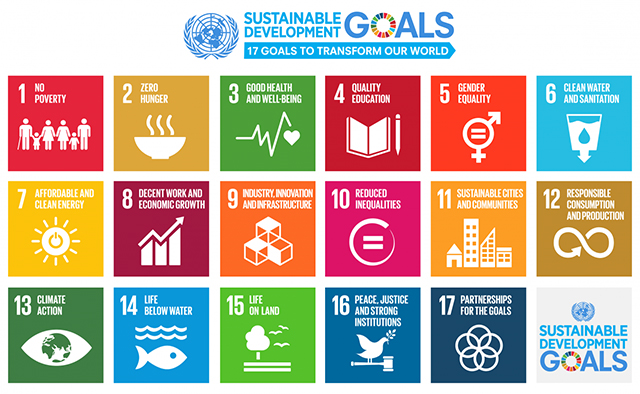Title
Effects of Income on SAT Scores
Document Type
Poster
Abstract
Correlations between county of residence, average SAT score of students, and their acceptance into IMSA were found through an analysis of data. This data was found as open source data on the internet. The purpose of the correlation discovery is to find out if county of residence, through average incomes, has any effect on the average SAT scores of students, or acceptance into IMSA. These correlations can help to further the general quality of education in the low SAT score areas based on data discovered. To aid in this exploration, an interview with the Admissions Officer at IMSA was undertaken. Both Microsoft Excel and Plot.ly were used to aid in data analysis and display of the data found. The graphs created from the data showed some correlation between average SAT score and count of residence. To measure this, income of the county of residence was compared to the average SAT scores. Most data used in the exploration was of students applying to IMSA, and other students in Illinois. Average SAT scores from other states was also used to check that Illinois isn’t an outlier in the correlations. We discovered that while there is no direct correlation between average income and SAT scores or acceptance into income, county of residence and average income do play a role in SAT scores and IMSA admittance. After discovering the correlation, it was obvious that something should be done about improving the education quality in these lower scoring counties to bring their average scores and acceptance rates up to the higher averaging counties. Further studies should be undertaken in schools similar to IMSA in other states, so as to decrease the focus on IMSA. Studies should also be done on gender, ethnicity, and educational background to better determine these correlations with SAT scores. If these studies are done they can help to improve quality of education for many students internationally and possibly worldwide.
Effects of Income on SAT Scores
Correlations between county of residence, average SAT score of students, and their acceptance into IMSA were found through an analysis of data. This data was found as open source data on the internet. The purpose of the correlation discovery is to find out if county of residence, through average incomes, has any effect on the average SAT scores of students, or acceptance into IMSA. These correlations can help to further the general quality of education in the low SAT score areas based on data discovered. To aid in this exploration, an interview with the Admissions Officer at IMSA was undertaken. Both Microsoft Excel and Plot.ly were used to aid in data analysis and display of the data found. The graphs created from the data showed some correlation between average SAT score and count of residence. To measure this, income of the county of residence was compared to the average SAT scores. Most data used in the exploration was of students applying to IMSA, and other students in Illinois. Average SAT scores from other states was also used to check that Illinois isn’t an outlier in the correlations. We discovered that while there is no direct correlation between average income and SAT scores or acceptance into income, county of residence and average income do play a role in SAT scores and IMSA admittance. After discovering the correlation, it was obvious that something should be done about improving the education quality in these lower scoring counties to bring their average scores and acceptance rates up to the higher averaging counties. Further studies should be undertaken in schools similar to IMSA in other states, so as to decrease the focus on IMSA. Studies should also be done on gender, ethnicity, and educational background to better determine these correlations with SAT scores. If these studies are done they can help to improve quality of education for many students internationally and possibly worldwide.


